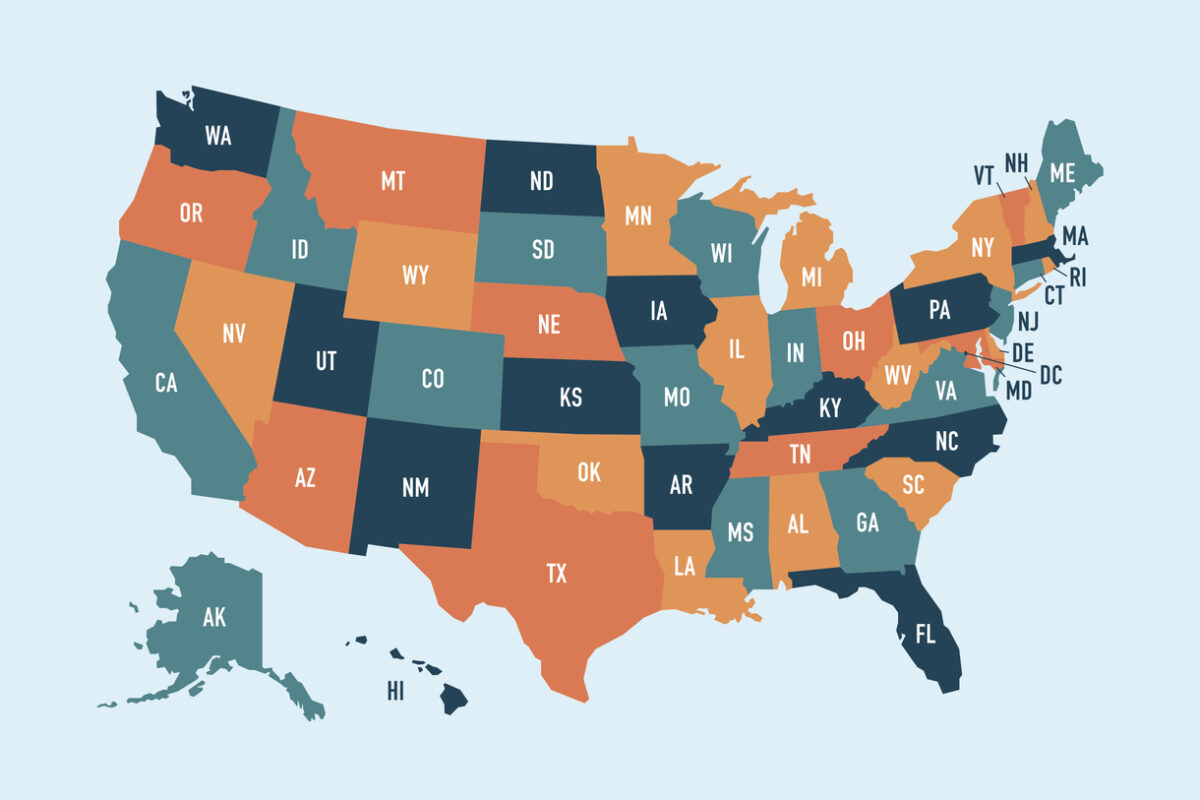A Compromise Needed for Student Loans
Published Jun 24, 2014
In this week’s video address, President Obama stated that a college degree has “never been more important” for the economy, and has also “never been more expensive.” As we gear up for the presidential election season, economic issues are sure to be a key point, and concern about college affordability is quickly becoming a critical element of that discussion.
At a time when we need more Americans to enroll and complete college, we find that current and prospective students are growing more concerned about financing their postsecondary education. In fact, the Advisory Committee on Student Financial Assistance estimates, that during this decade, more than 2 million low- and moderate-income academically-qualified students will be denied access to college because of financial barriers. Likewise, for those students who do enter college, we find that many struggle financially, and significant numbers drop out because of financial challenges. The problems of college affordability are very real and complex; and, most importantly, they impact nearly all Americans.
College affordability seems to be a cornerstone issue for the president and his administration, particularly as they focus on making postsecondary education accessible for the neediest Americans and easing the burden of repayment for borrowers. Similarly, President Obama’s predecessor, former President George W. Bush, also addressed the realities of rising college costs and made efforts to control them. The 2007 College Cost Reduction and Access Act reduced the interest rates on subsidized Stafford loans from 6.8 percent to the current 3.4 percent, but included the provision that the rates would revert to 6.8 percent on July 1, 2012. At present, the Obama Administration and Congress seem unable to agree on how to address the financing concerns inherent with the impending deadline. As a result, this legislation—which received bipartisan support just a few years ago and has helped millions of students finance their college education—now appears on the path of becoming another politically-charged, intractable issue.
The growing lack of college affordability is not new—it has been a concern for decades. The annual report, Trends in College Pricing, confirms that the “sticker price” of college is rising more rapidly than the price of other goods and services. As a result, students are shouldering more of the bill, and using student loans to do so. Current estimates suggest that Americans owe more than $900 billion in student loans (both federal and private sources combined). At the same time, the depressed job market makes repaying loans more difficult than previously. In fact, a study by the Institute for Higher Education Policy of nearly 2 million federal student loan borrowers who entered repayment in 2005, found that 41 percent of the borrowers faced the negative consequences of delinquency or default.
Our nation’s leaders must come together to ensure comprehensive reform to the college financing system. While this is a broad and complicated goal with many components, an important immediate step would be to halt the reversal of the student loan interest rate, scheduled to double this summer from 3.4 percent to 6.8 percent. Proponents of the scheduled reversal warn that a continuation of the current level would add to our nation’s debt. I acknowledge that possibility, but also warn that not investing in the education of more Americans could potentially be even more disastrous to our nation’s economy, as well as to societal morale and quality of life. Nevertheless, because of the fiscal concerns, I suggest that the Democrats and Republicans compromise. There is wiggle room between 3.4 percent and 6.8 percent, and I think it is in the best interest of the nation’s future to strike the appropriate balance.
Additionally, institutions cannot be let off the hook; they are a big part of affordability challenge. While there are justifiable reasons as to why college costs have gone up, institutions must do their part to restrain future increases. It is unrealistic to expect students and the federal government—through increases in federal financial aid—to indefinitely cover these costs.
Current and future students need the hand-wringing over college affordability to stop. Steps must be taken to completely rethink the system. But in the meantime, modest tweaks—to keep more students from falling out of the pipeline—are needed. It is estimated that more than 7 million students would see increases in their student loan indebtedness if interest rates doubled on July 1. The Obama Administration and Congress should make a step toward securing America’s future by not allowing this to happen.
Michelle Asha Cooper, Ph.D., is the president of the Institute for Higher Education Policy, a Washington. D.C.-based nonpartisan, nonprofit organization committed to promoting access to and success in higher education for all students.


